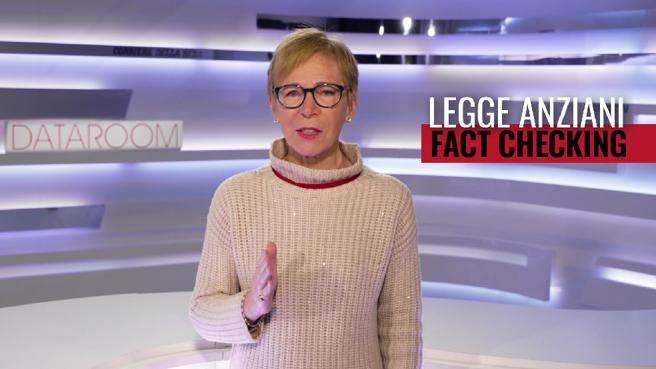On January 25, 2024, the CdM presented the implementing decree, which is necessary to move from theory to the practice of daily life. Let’s do a fact-checking to see what the reform predicted, what has actually been achieved, and what remains unimplemented.
We will discover how a good law has been dismantled. The additional billion put in by the Meloni government does not meet the needs of 1.5 million elderly people.
As a consequence, with the 2.72 billion euros from the Pnrr, 806,970 more people will be assisted at home, but according to the old methods. This also risks reducing the scope of the new “National Unique Assessment”: if the counter becomes unique but one has to request three uncoordinated benefits, the advantage is less.
The Covid pandemic, with the massacre in nursing homes, should have demonstrated the urgency of intervening. The reform was supposed to redesign Welfare for the elderly after over 25 years of waiting, establishing new rules.
In the absence of funds, it would have been possible to build the keystone and then gradually finance the various pillars. Instead, the decision was made to focus on a slogan-like measure without changing the system.
In practice, there are never funds for the non-self-sufficient: Eurostat data tell us that on average in Italy we spend 270 euros per year for a non-self-sufficient person compared to the EU average of 584. The implementing decree will pass to the scrutiny of the committees to be definitively approved in the first ten days of March.
January 31, 2024 | 06:52
© REPRODUCTION RESERVED
